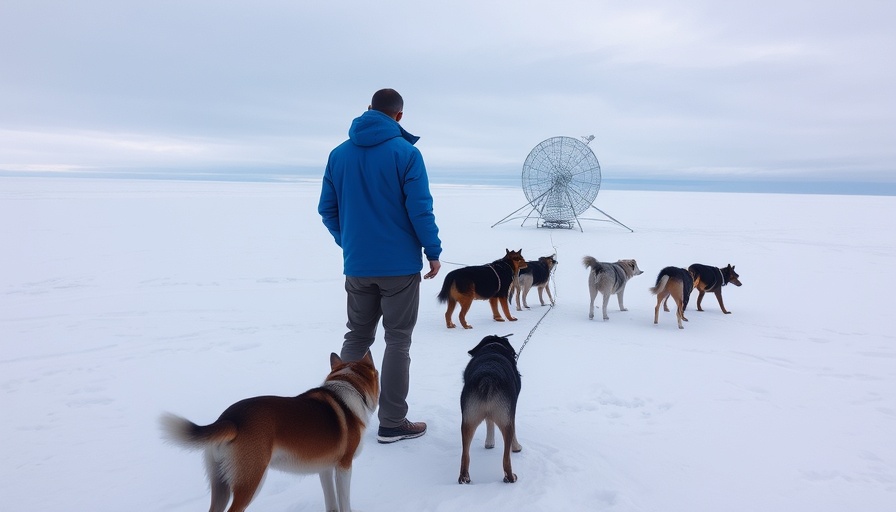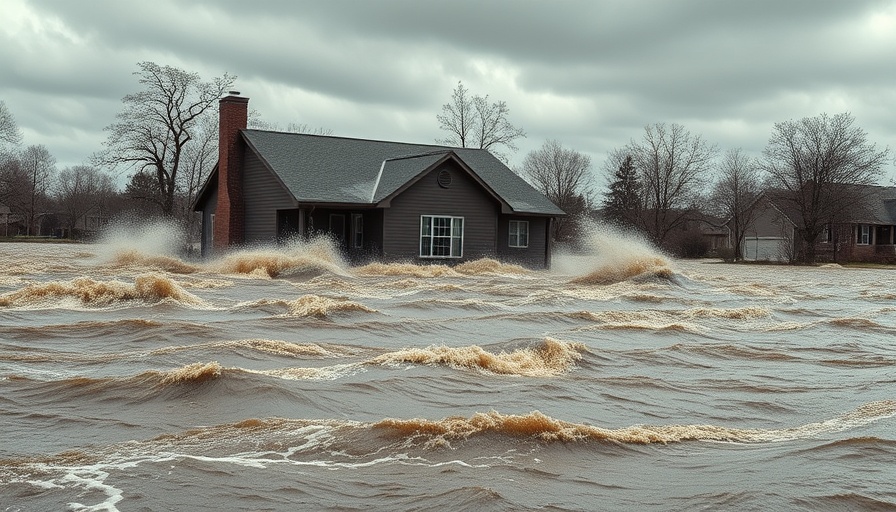
How a Chance Encounter Sparked Change
In an inspiring twist of fate, filmmaker Anders Graver was set to create a documentary about scientific advancements on the Greenland Ice Sheet when he encountered a Greenlandic hunter, Olennguaq Kristensen, and his family. This unexpected meeting transformed the narrative of Graver's film, connecting two worlds—the realm of scientific inquiry and deep cultural knowledge.
The Intersection of Science and Tradition
The original focus of the documentary was the 'Hotrod' project, which involves testing a new type of electrothermal drill intended to gather crucial data about deep ice temperatures. This data is instrumental in understanding the alarming changes occurring in the Arctic and predicting future sea-level rise. However, after a friendly exchange with Kristensen, who shared his experiences concerning the changes in ice quality and climate, the film evolved into a powerful dialogue between science and the lived experiences of those who rely on these environments for their livelihoods.
Learning from the Past to Secure the Future
The situation in Greenland represents a poignant parallel to many communities around the world facing climate challenges. Just as Kristensen spoke about the effects of shortening ice seasons and irregular weather patterns, so too are areas like Seattle grappling with their own environmental issues. As individuals disconnected from the immediate effects of climate change, it’s essential for us to listen and learn from those who feel these impacts most acutely.
Innovations in Ice Research: What Lies Beneath?
The work of William Colgan and Christopher Shields, the scientists behind the Hotrod project, is critical in this unfolding narrative. Although their drill faced setbacks, the pursuit of innovation showcases resilience in the face of adversity—an important lesson for all of us. Colgan notes the irony: “Science means you do your best; you fail along the way.” Their journey highlights the grit it takes to make meaningful advancements, echoing the persistence needed in our own lives as we navigate a changing environment.
Possible Solutions: A Call to Action for Communities
As urban dwellers, especially here in Seattle, it is our responsibility to advocate for sustainable living and support innovations aimed at climate solutions. By adopting eco-friendly practices, from biking to work to reducing waste, we can forge a connection with those experiencing climate change firsthand and contribute, however small, to the collective effort.
Encouraging Conversations Around Climate Change
Changing our lifestyle can start with simple conversations at home, in our workplaces, or community groups. Understanding the profound impact of climate issues on local and Indigenous communities can foster greater empathy and action. Graver’s film serves as a reminder of our shared responsibility, urging us to open our minds to the knowledge and resilience of those on the front lines of climate change.
So, as you sip your morning coffee while gazing at the snowy peaks of the Pacific Northwest, consider how you can contribute to a healthier planet. Each small step counts, so let’s engage in reducing our carbon footprint and spread awareness about the crucial narrative of climate resilience that connects us all.
 Add Row
Add Row  Add
Add 




Write A Comment